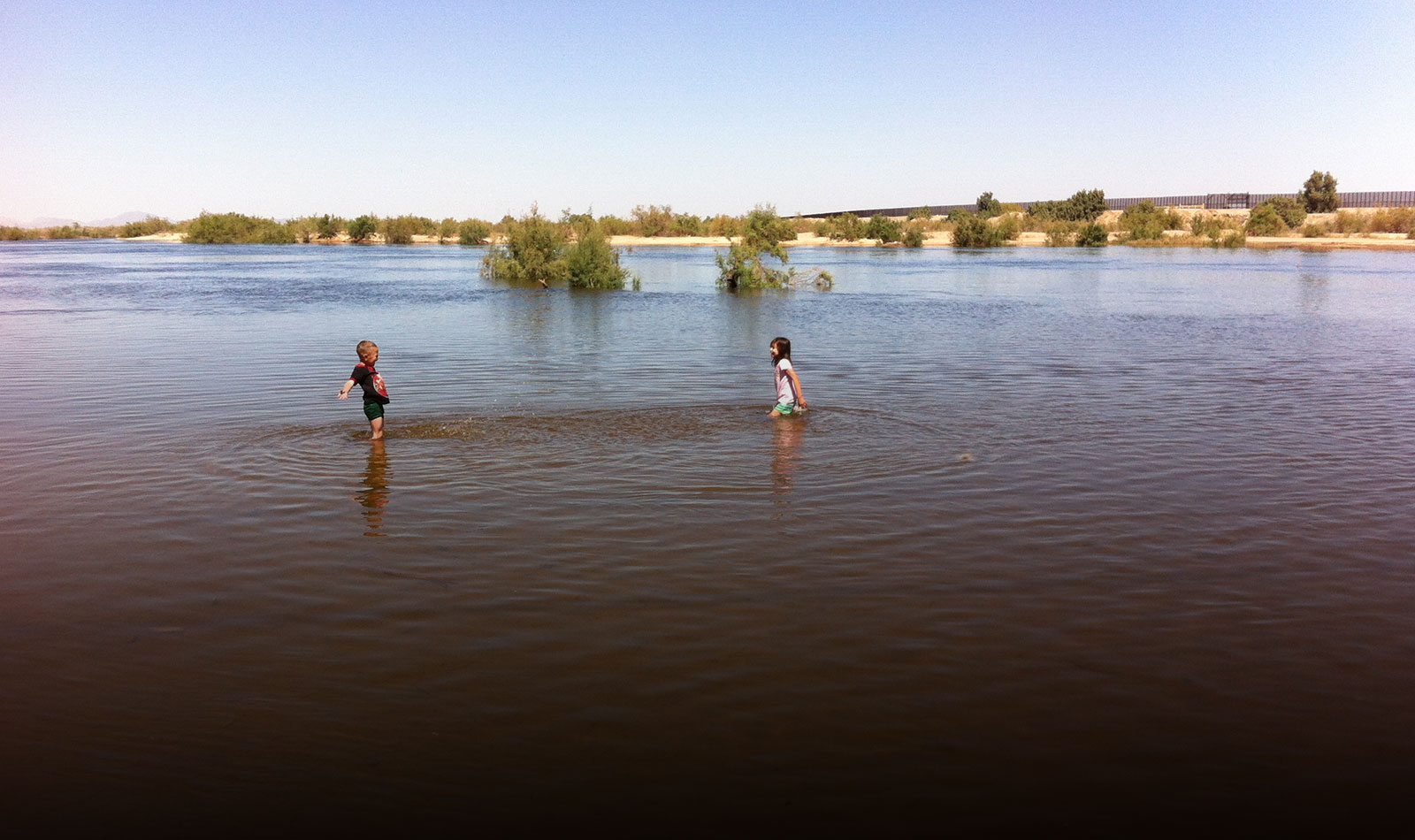On April 11, the nonprofit American Rivers released its annual report on the most endangered rivers in the U.S., and topping the list for 2017 was the lower Colorado River. It was deemed the most threatened based on the following criteria: the significance of the river to human and natural communities, the magnitude of the threat to the river and its nearby communities, and a major decision that the public can help influence in the coming year.
The River’s Significance
The Colorado River provides water for more than 35 million people, supports numerous fish and wildlife species — including several threatened and endangered species, supports a variety of aquatic ecosystems — and irrigates more than 6,000 square miles of farmland. It also runs dry before meeting its natural end in the Gulf of California, across the Mexican border.
This region was once a vibrant estuary — and Mexicali was a true river city — but today it is dry as a desert. Years of drought coupled with water scarcity resulting from increased water needs, climate change and other factors, means the river now runs dry 70 miles before it once flowed into the sea.
Without a doubt, these changes in the river have a significant impact on the population in the region, as well as for the larger population which relies on the area’s agricultural output. With the natural habitat all but erased, migrating birds and wildlife have retreated from the Colorado River delta.
The Magnitude of the Threat
The Colorado River is currently over-allocated to the tune of more than a million acre-feet (one acre-foot is about 325,000 gallons) per year – there is physically not as much water in the river as is being taken out. The main storage reservoirs in the system, Lake Mead and Lake Powell, are both under 50% of their capacity.
With the lower Colorado providing drinking water for 30 million people and irrigating fields that grow 90 percent of the U.S’s winter vegetables, the potential impact is significant. The water demands of Arizona, Nevada, and California are already outstripping supply, and if populations in these states continue to grow, or climate change’s effects becoming even more acute, the river will reach a breaking point.
This Year’s Decision Point
Among the main criteria used in American River’s study is whether there is a key decision point in the coming year, which could be impacted by public opinion and involvement. For the lower Colorado, it views much of the impact as coming from the new U.S. government administration’s proposed budget cuts to the Department of Agriculture’s regional conservation partnership program and the Department of the Interior’s Water- Smart program.
In addition to budget cuts, 2017 is the year that an important water-sharing agreement between the U.S. and Mexico expires. With relations between the two countries strained due to changes to trade treaties and immigration policies, it could become harder, not easier, to come to an agreement on the successor agreement to the 2012 treaty. This binational agreement between the United States and Mexico includes sharing future drought-related water cuts and includes provisions for the restoration of wetlands in the Colorado River delta that were included in the current bilateral agreement, Minute 319.
American Rivers is a nonprofit organization aimed at river conservation efforts. Located in Washington, D.C., the group has compiled a list of the nation’s “most-endangered rivers” since 2003. While the Colorado River has made the list before, this is the first year the lower Colorado has been named.
In the meantime, Raise the River continues its restoration work in the Colorado River delta region, where our efforts and ongoing scientific monitoring have successfully demonstrated that a relatively small amount of water, particularly when coupled with active restoration, can provide significant benefits to rivers with reduced flows.

